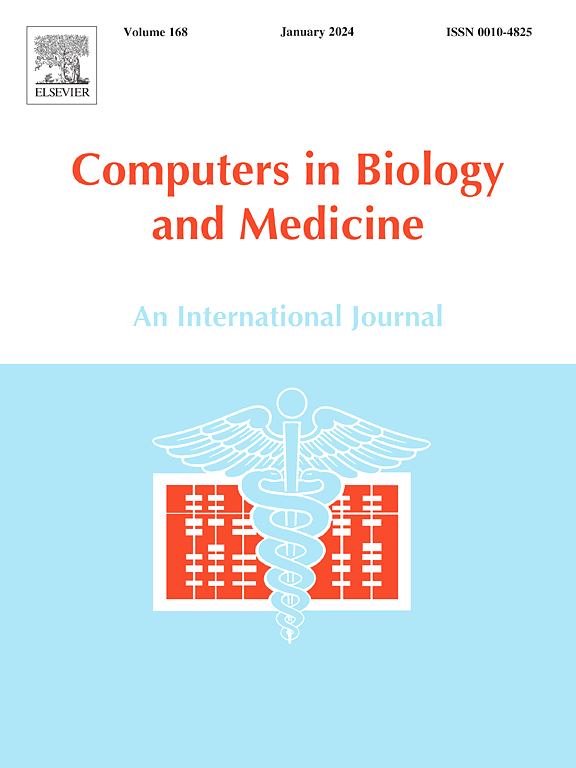Optimized Yolov8 feature fusion algorithm for dental disease detection
IF 7
2区 医学
Q1 BIOLOGY
引用次数: 0
Abstract
In oral panoramic film dental disease detection, image magnification distortion and low contrast often result in unclear details and features of target regions, increasing the difficulty of accurate detection. Although mainstream object detection algorithms have shown excellent performance in various fields, their direct application to dental disease detection has been suboptimal. To address these challenges, this study proposes an improved YEM-SAFN model to enhance the recognition of dental conditions. The proposed model incorporates a novel small-target network structure to address the multi-scale and significant size differences of targets in dental disease detection. Additional detection heads for different scales were introduced to improve the model's ability to recognize various dental diseases effectively. To mitigate the issue of tissue offset or overlap in panoramic dental films, the HCSA attention mechanism was integrated, enabling the model to focus on feature extraction in disease-specific regions. Additionally, a redesigned weighted fusion module enhances the utilization of features across scales, improving the model's feature representation capability. The improved YEM-SAFN algorithm achieves a 3.2 % increase in mAP compared to the original YOLOv8s algorithm, attaining an mAP of 86.7 % and outperforming other mainstream algorithms. This model provides an efficient and accurate method for dental condition identification and diagnosis.
求助全文
约1分钟内获得全文
求助全文
来源期刊

Computers in biology and medicine
工程技术-工程:生物医学
CiteScore
11.70
自引率
10.40%
发文量
1086
审稿时长
74 days
期刊介绍:
Computers in Biology and Medicine is an international forum for sharing groundbreaking advancements in the use of computers in bioscience and medicine. This journal serves as a medium for communicating essential research, instruction, ideas, and information regarding the rapidly evolving field of computer applications in these domains. By encouraging the exchange of knowledge, we aim to facilitate progress and innovation in the utilization of computers in biology and medicine.
 求助内容:
求助内容: 应助结果提醒方式:
应助结果提醒方式:


